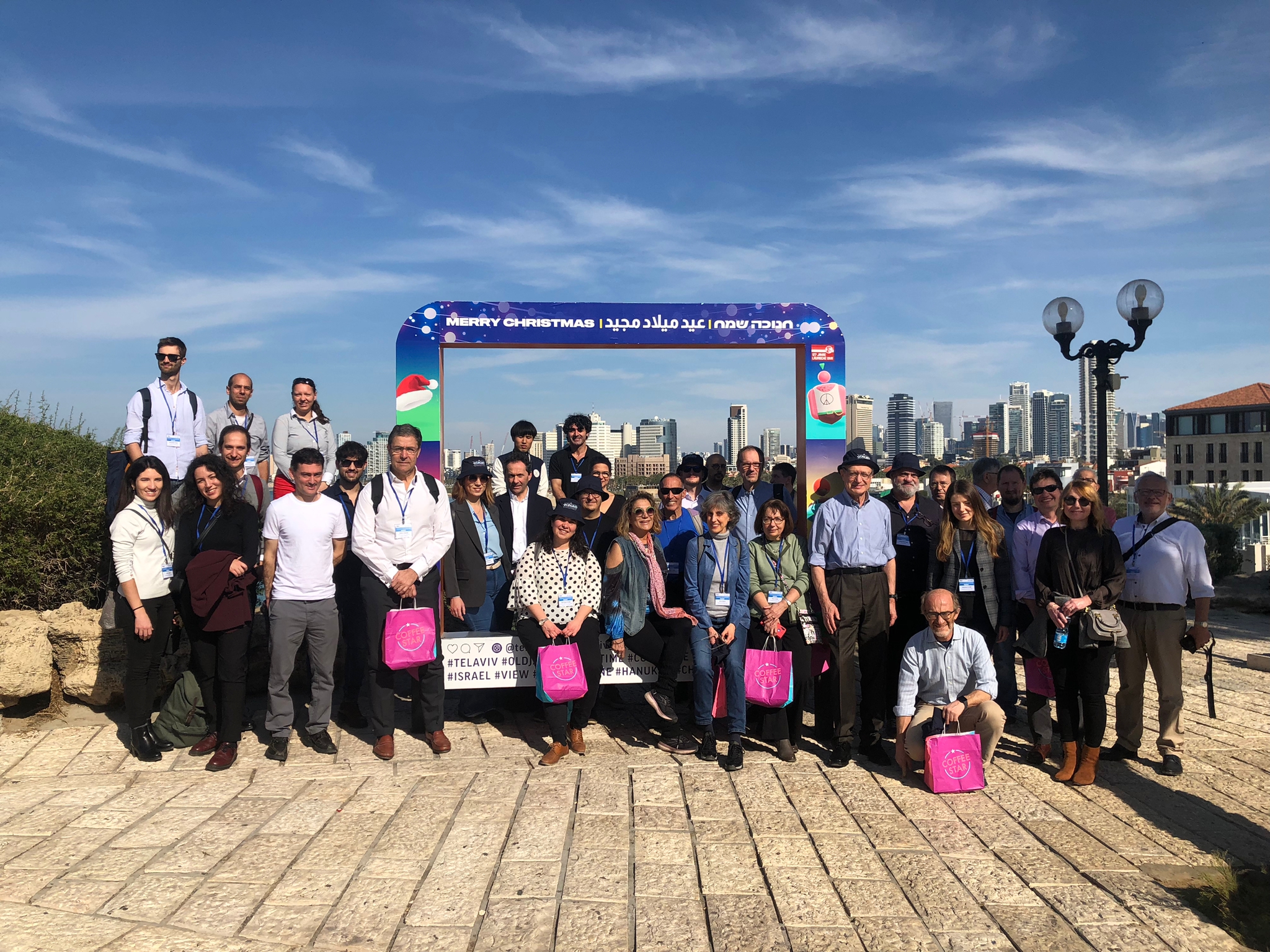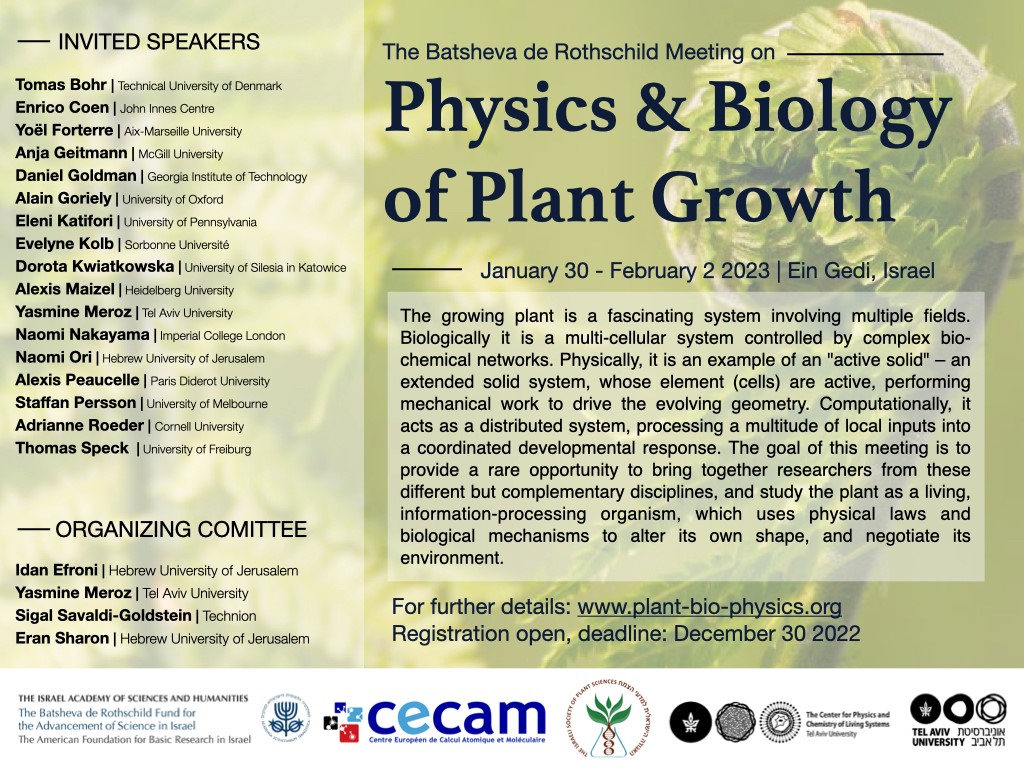
Pathways, Memory, and Emergent Computation in Nonequilibrium Systems
Memory formation in disordered matter is an emerging field of study, encompassing a wide range of phenomena in different disordered and nonequilibrium systems. The field highlights many open questions regarding the mechanisms underlying memory formation and is searching for common physical principles that can explain similar phenomena observed in systems that are very different in their microscopic details. Insights obtained from this research direction represent an important contribution to the wider study of nonequilibrium disordered systems, beyond memory formation. From this perspective, memory formation serves as a gateway to understanding the unusual and highly irregular responses and dynamics of these systems by providing means of achieving systematic and reproducible responses. Insights from the study of memory formation in amorphous matter percolate to new communities and are used in a wide range of physical systems on all scales, from artificial spin ice, through biological networks to mechanical metamaterials. These studies also resonate open questions in the adaptation and self-organization of complex systems subjected to an external drive. This workshop will bring together leading researchers studying different aspects of memory formation in matter, driven disordered systems, and nonequilibrium physics. The workshop will encourage the formation of international collaborations, creating new networks, and enhancing the collaborative efforts between the communities of hard and soft condensed matter, mechanical metamaterials, and related fields.

PATH INTEGRAL QUANTUM MECHANICS
ABOUT This CECAM Flagship School (alternative format) will take place on June 4-8, 2023 at the CECAM-ISR node, Tel Aviv University. It will focus on the most recent advances in molecular simulations that are based on the path integral formulation of quantum mechanics. It will include a one-day advanced tutorial on the state-of-the-art and three and a half days of focused workshop sessions discussing the frontiers of the field. Relying on the isomorphism [1] between the partition function of a quantum system and a fictitious classical system of ring polymers, early pioneering work developed Path Integral Molecular Dynamics (MD) [2-3] and Monte Carlo (MC) [4] algorithms to obtain equilibrium thermal properties of quantum condensed phases. Important progress was made when it was also shown that the classical dynamics of the ring polymers can be used to approximate real-time quantum correlation functions using Centroid [5] or Ring Polymer MD [6-7], providing access to quantum response properties such as diffusion coefficients, reaction rates and vibrational spectra. Thanks to the development of highly efficient algorithms in recent years, these methods have been applied more widely to include important nuclear quantum effects, such as delocalization, zero-point energy and tunneling in molecular simulations [8]. Many of them have been implemented in the open-source software i-PI [9] and are used routinely by a global community of computational chemists, physicists and material scientists, which has grown substantially in the last decade. A series of schools on path integral quantum mechanics organized with the support of CECAM (2012, 2016, 2018, 2021) helped train a young generation of graduate students and ECR in this expanding field. Together with senior faculty, they have recently contributed to several important advances in the field, extending path integral methods to describing phenomena such as nonadiabatic dynamics [10-12], excitons and quasiparticles in condensed phases [13-14], real-time dynamics of molecular aggregates and extended systems [15] and nonlinear spectroscopy [16]. The field has also benefited from important work on combining machine learning algorithms to describe the interparticle interactions with path integral methods to significantly accelerate the simulations. This powerful combination has been used to improve the description of quantum dynamics in aqueous systems [17], and in a range of other exciting applications, including an accurate description of the thermodynamic stabilities of molecular crystals [18], predicting a supersolid phase of deuterium at high pressure [19-20], understanding the supercritical behavior of liquid hydrogen [21] and predicting a superionic phase of water at planetary conditions [22]. This school will expose students and postdocs to the state-of-the-art recent advancement in the area, as well as the current outstanding challenges. The event will take on an innovative, alternative format that combines both the training aspect of an advanced school on the first day, by including a hands-on tutorial using i-PI, followed by 3.5 days of workshop-style presentations and in-depth discussions.

The 15th International Conference on Quasicrystals
The discovery of quasicrystals, over four decades ago, put an end to the age-old crystallographic paradigm that long-range order is synonymous with periodicity. It opened a new challenging research field, which is still pursued by an active and interdisciplinary scientific community worldwide. Great progress has been made, particularly in recent years, in understanding the mathematics, geometry, and physical behavior of quasicrystals, while the ever-growing list of diverse experimental systems, exhibiting aperiodic long-range order, keeps posing new and challenging questions and puzzles. shutterstock_362230637 shutterstock_362230637 shutterstock_738840628 shutterstock_738840628 3/12 Join us, this coming June, on the campus of Tel Aviv University, near the beautiful beaches of the Mediterranean, for an exciting international meeting on quasicrystals! Learn about the latest discoveries! Share your own work and new results! Interact with the rest of our diverse scientific community! And, enjoy the sites and scenes of Israel!! Fill out this form to indicate your interest in attending the meeting, and ensure that you don't miss any upcoming announcements.

From the heterogeneous subsurface to dynamic catchments A symposium in honor of Gedeon Dagan's 90'th birthday
Over the past decades, hydrology as a discipline has evolved in many ways. It is currently viewed as a key geoscience for understanding short and long term impact of global change. Within this broad discipline, hydrologists address a variety of water-related issues, from soil processes and vegetation, to surface- and groundwater, to biogeochemical transformation. In addition to the local scale processes, large-scale hydrology implies strong interactions between catchment dynamics and the climate system affecting both water quantity and quality. Resolving hydrological processes rigorously based on physics still poses serious challenges in spite of the significant progress. The main reason is that natural systems exhibit variability in space and time on multiple scales, requiring novel approaches that combine physics with probabilistic scaling concepts. It is only through physics-based bottom-up approaches combined with insightful synthesis of top-down approaches that hypotheses, theory and observations can converge. The purpose of this conference is to help bridge knowledge gaps in hydrology by promoting dynamic approaches and process rigour in topics ranging from the heterogeneous subsurface to dynamic catchments. These are implemented in novel ways in order to enhance our process understanding and improve methods for engineering applications. Special focus will be given to stochastic subsurface hydrology in honor of the contributions by Gedeon Dagan throughout the many decades of his work.

